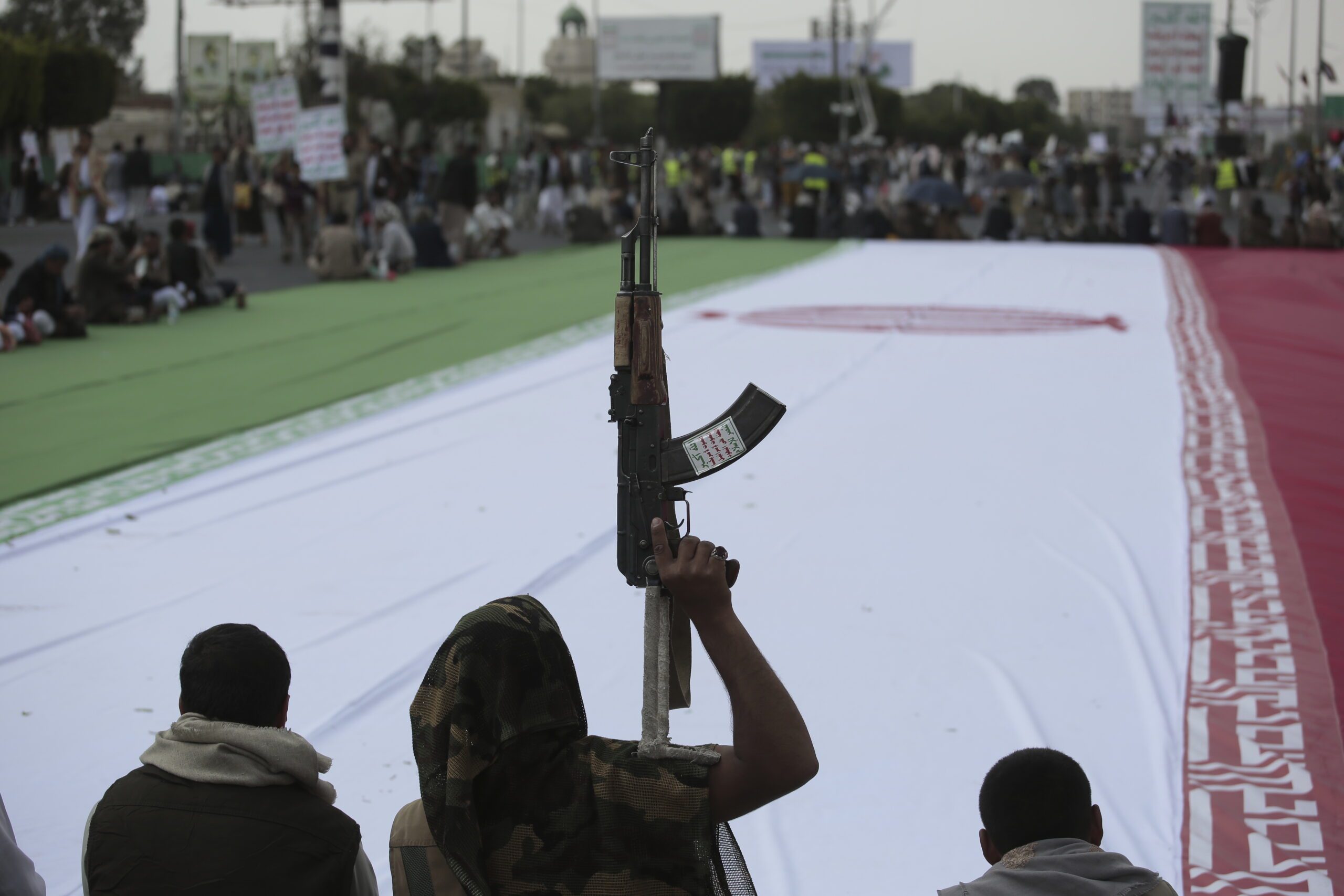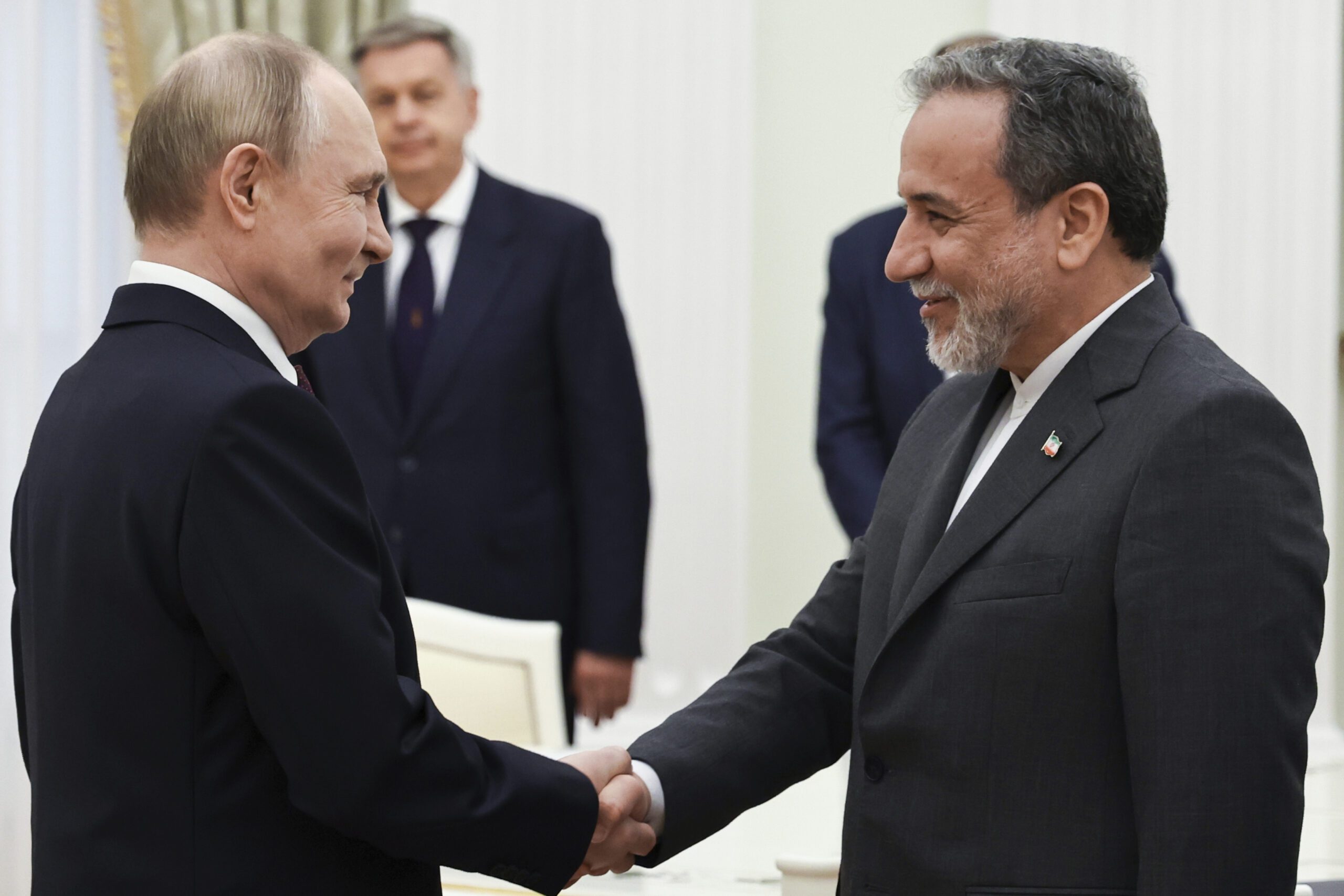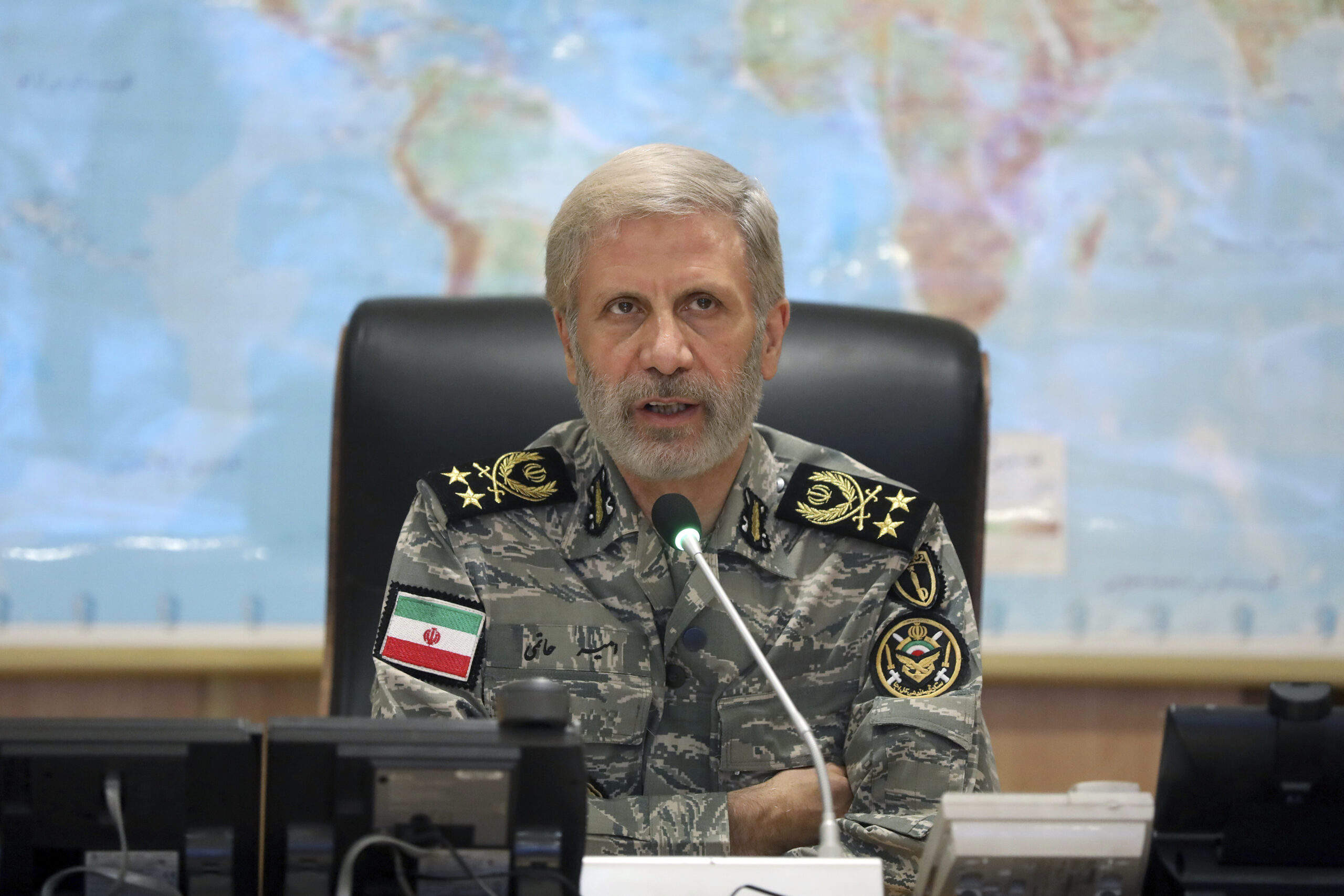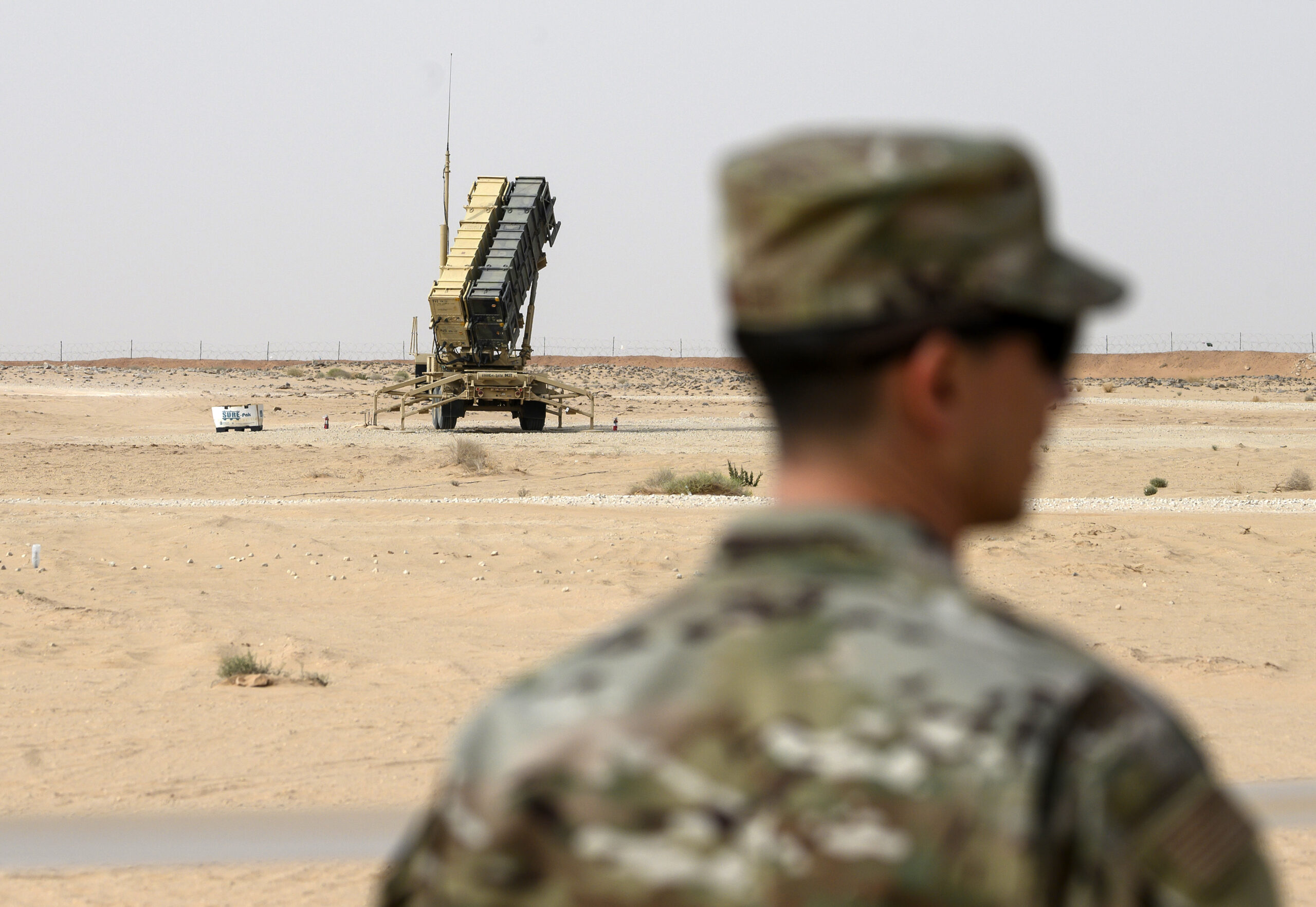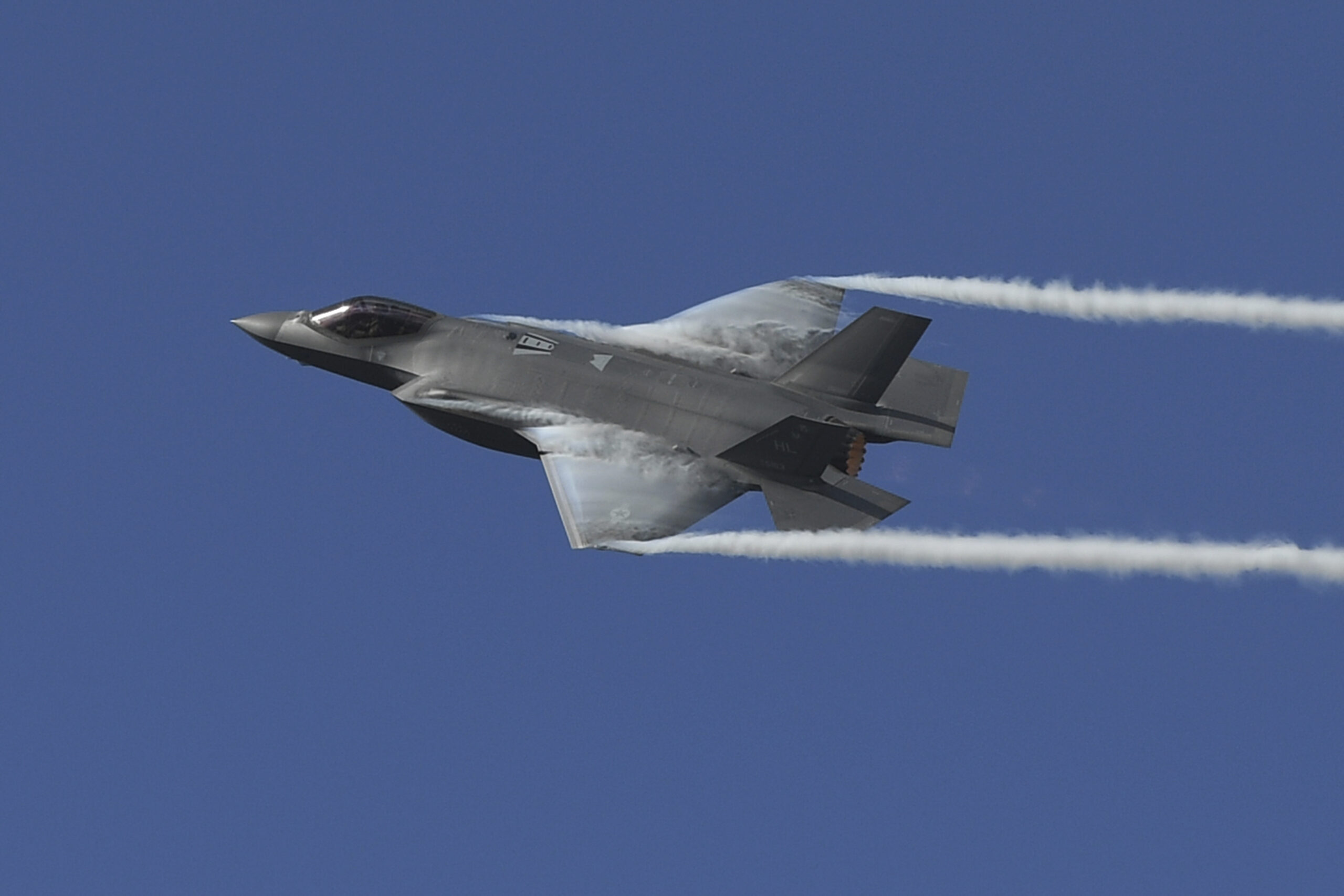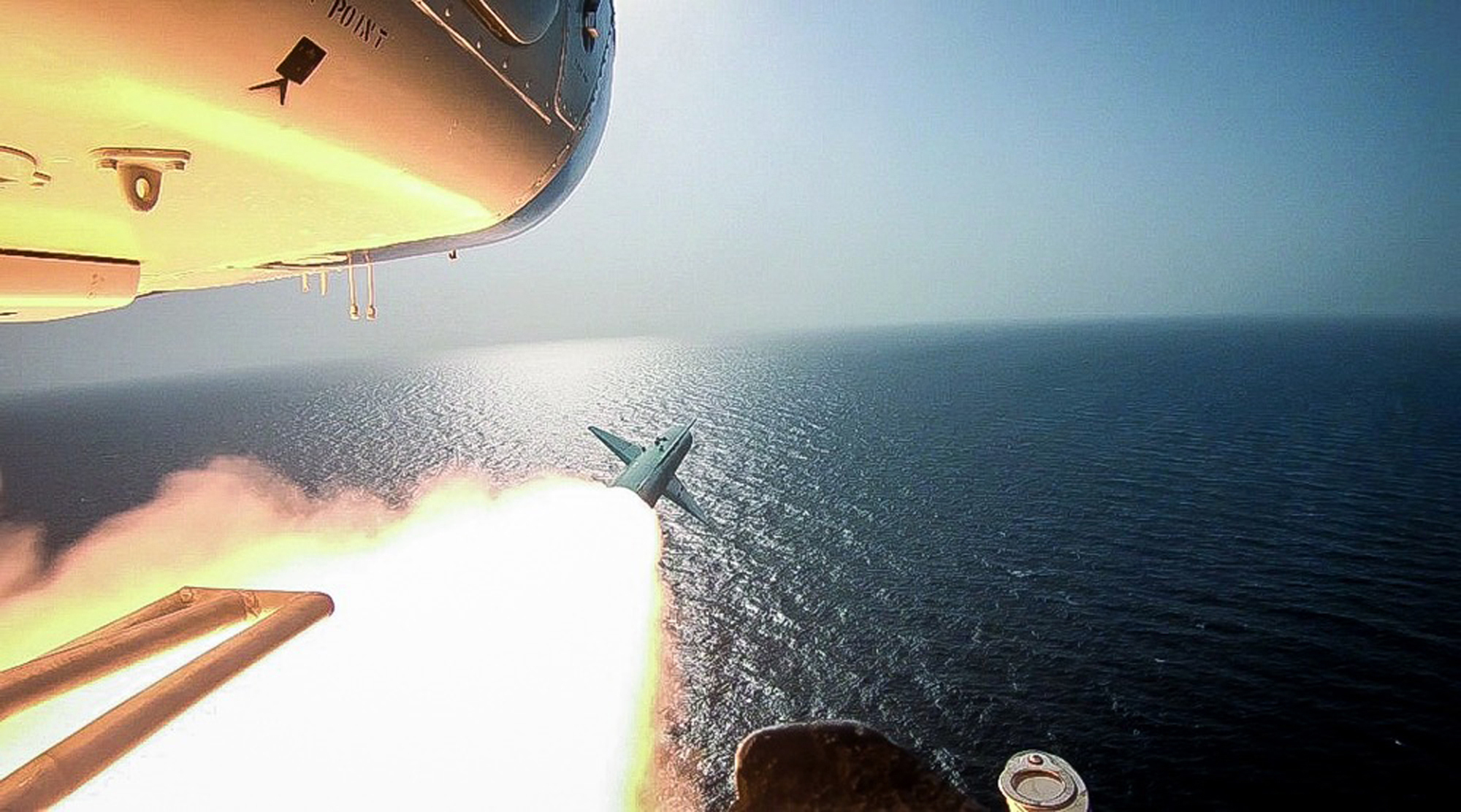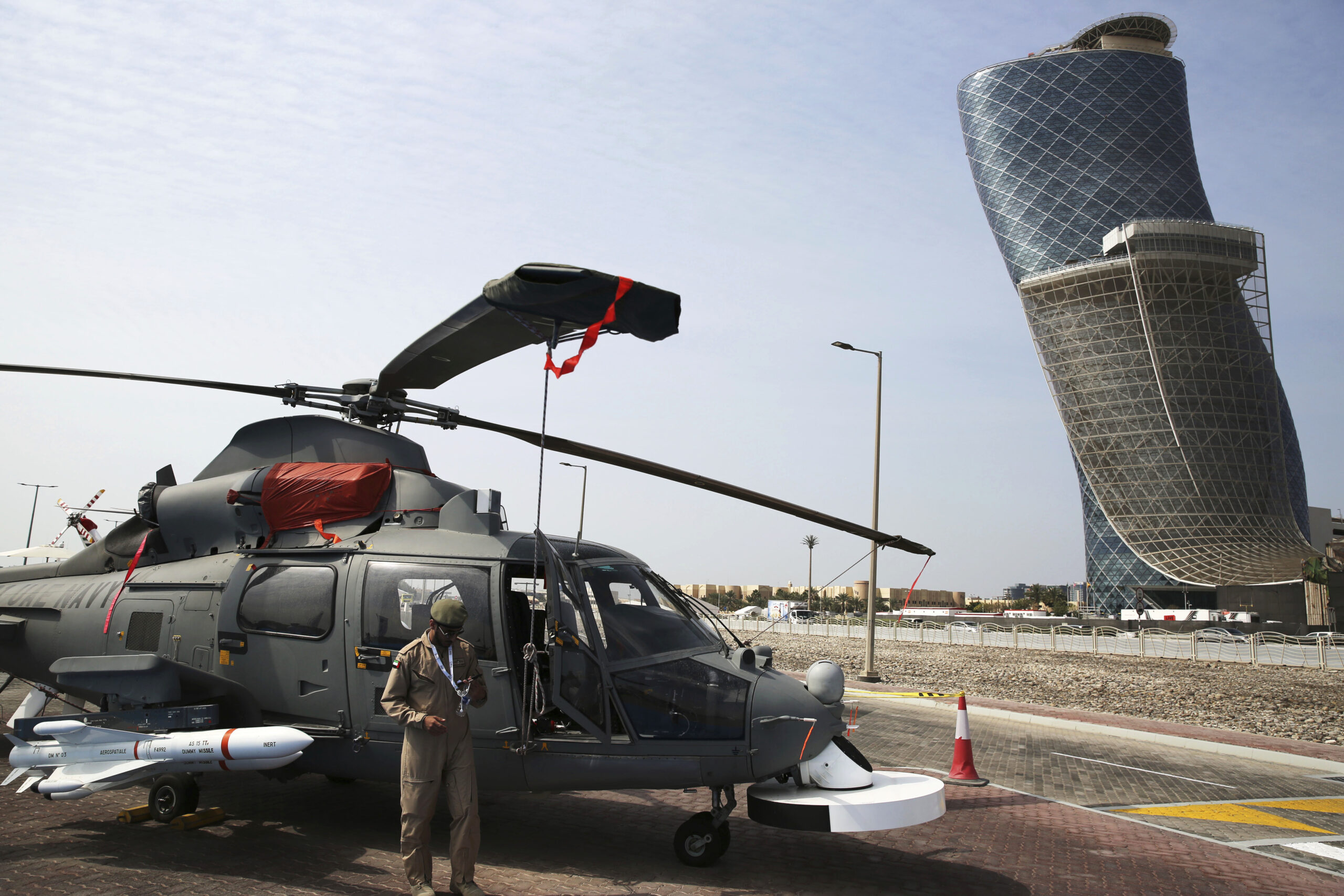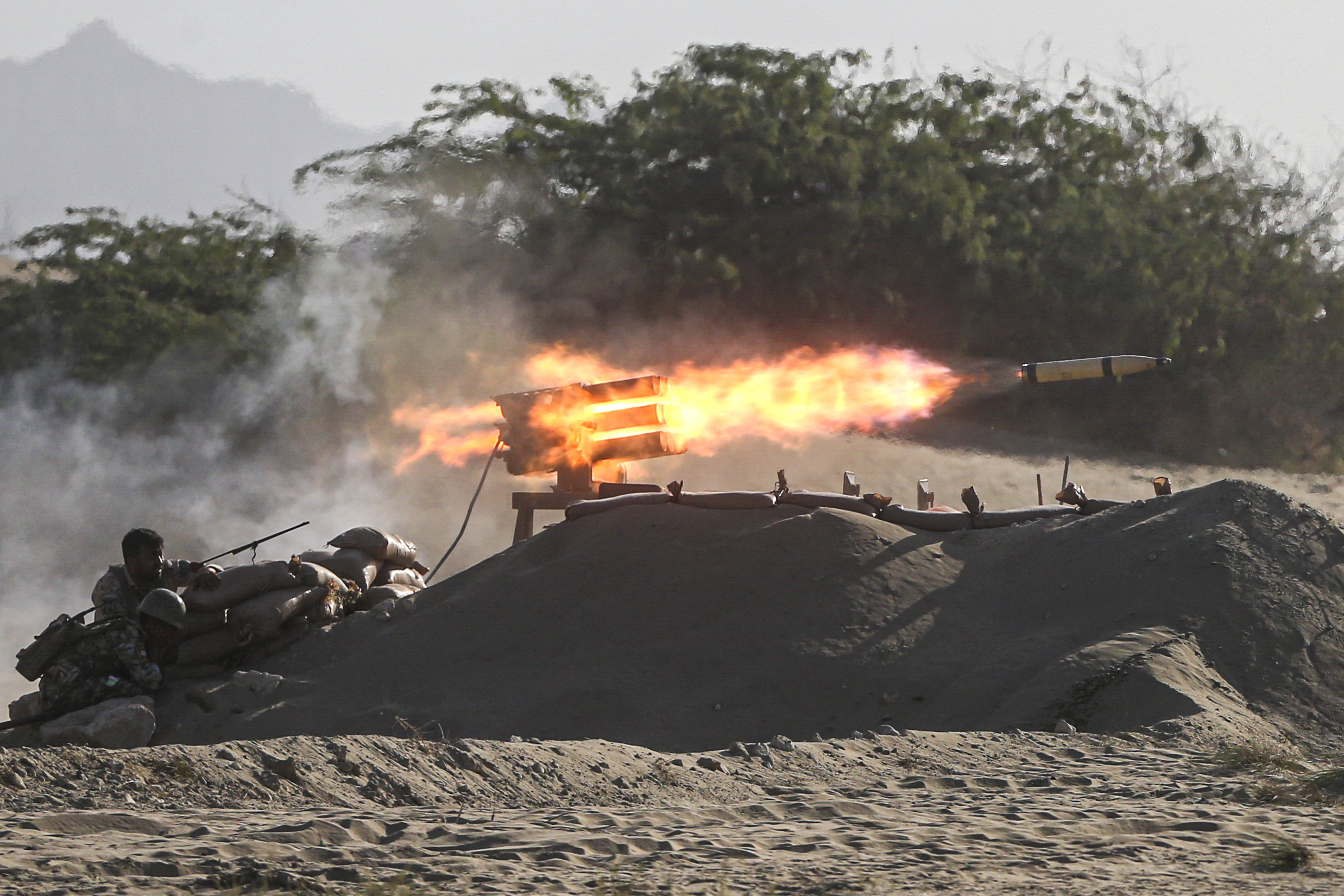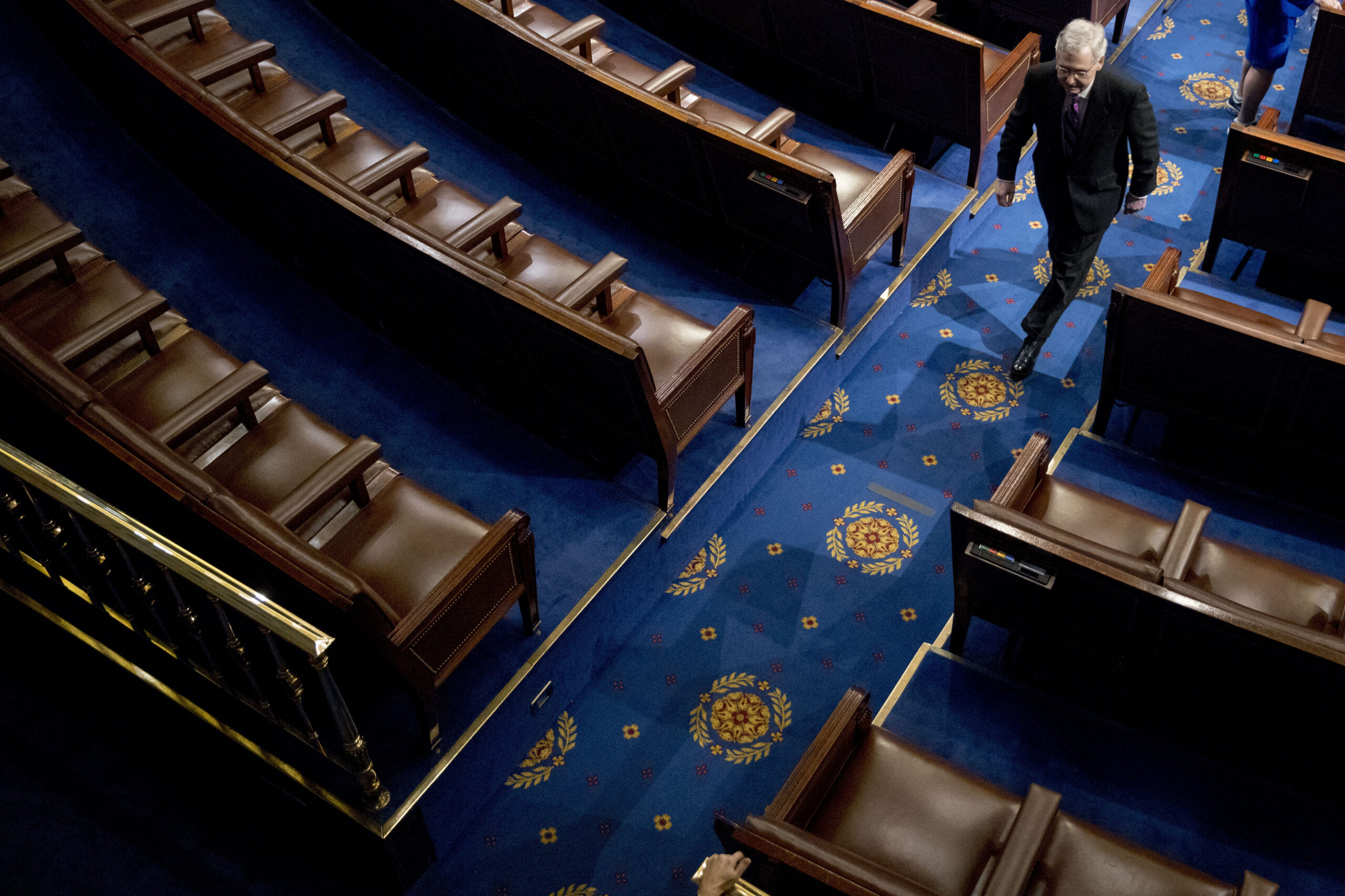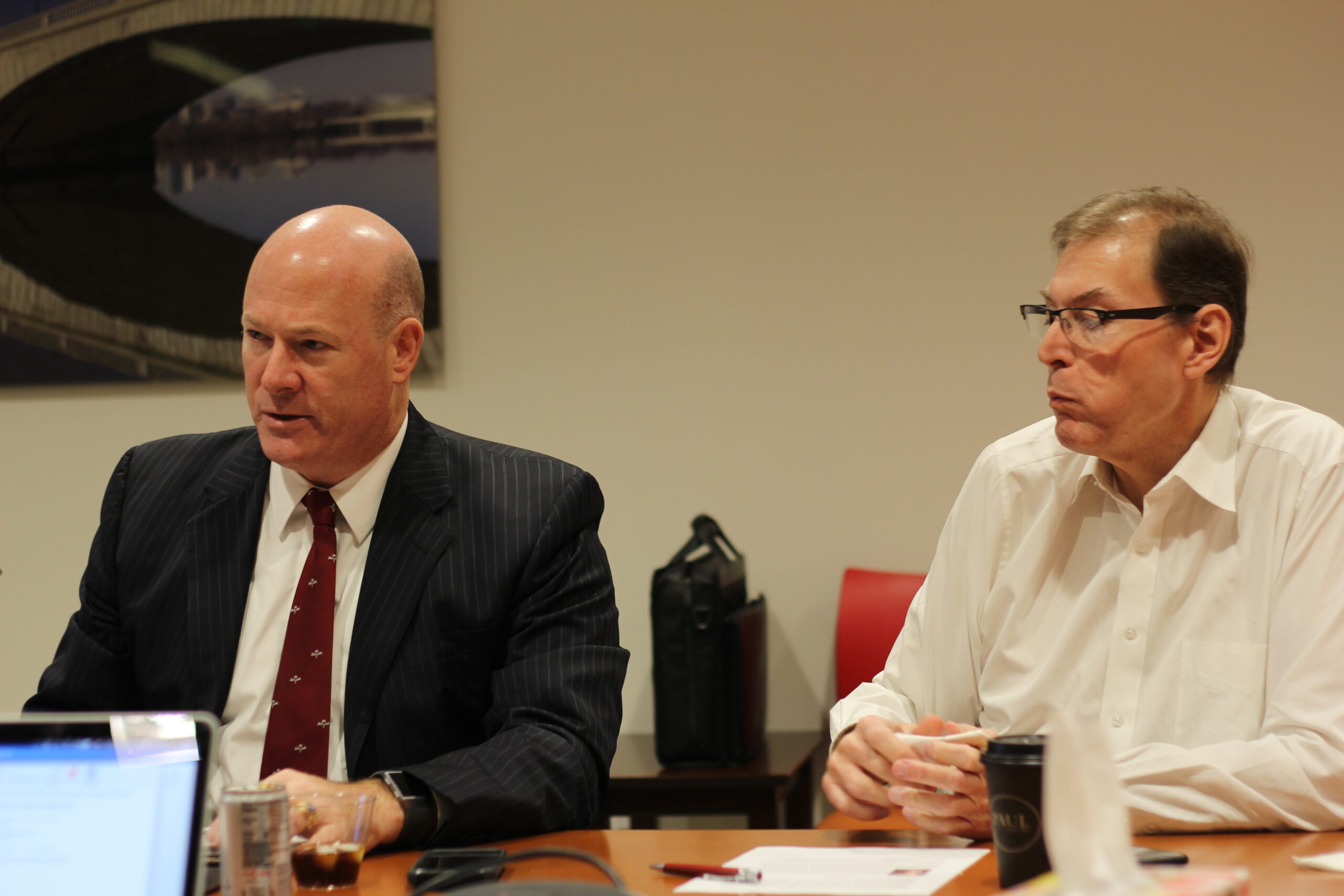How to Analyze the Missile Attacks on Saudi Arabia
Yemen’s Houthis marked the third anniversary of the Saudi-led coalition’s intervention in the war in Yemen by launching multiple missiles at the Saudi cities of Riyadh, Khamis Mushait, and Jizan. Saudi Arabia’s Air Defense Forces claimed that they intercepted all seven missiles launched with their U.S.-supplied Patriot missiles. Immediately after this announcement, the internet lit...
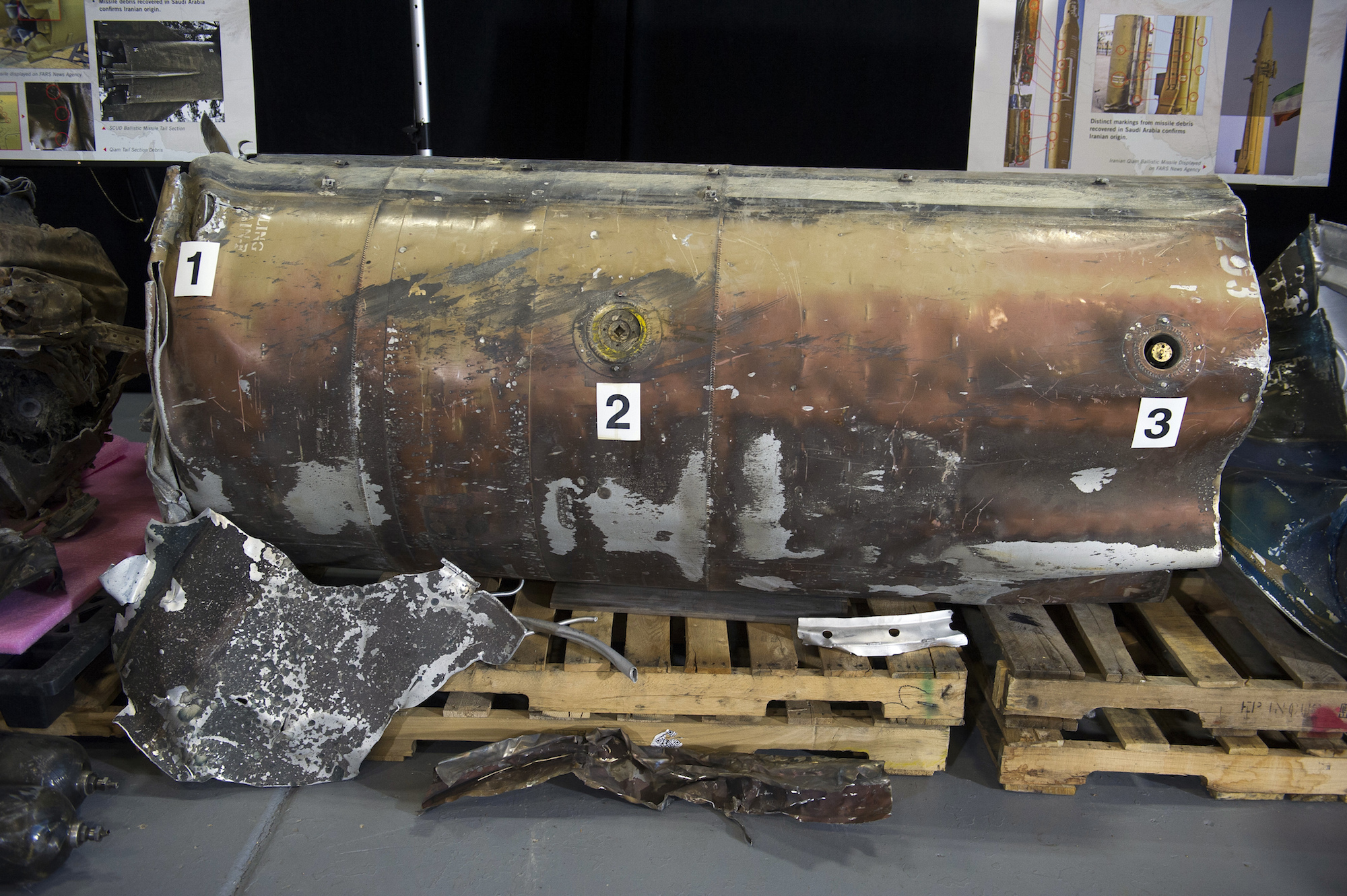
Yemen’s Houthis marked the third anniversary of the Saudi-led coalition’s intervention in the war in Yemen by launching multiple missiles at the Saudi cities of Riyadh, Khamis Mushait, and Jizan.
Saudi Arabia’s Air Defense Forces claimed that they intercepted all seven missiles launched with their U.S.-supplied Patriot missiles. Immediately after this announcement, the internet lit up with videos showing Patriot missiles launching and hitting their targets over Riyadh.
These reports were quickly followed by videos showing an errant Patriot hitting the ground and the remnants of a missile on the ground in Riyadh. Some analysts took this to mean the Saudi air defenses had failed. So, what is the truth? There are a few things to keep in mind.
First reports in wartime are almost always wrong. It’s very hard to know what is going on when looking at missiles at altitude in darkness from cellphone videos. Scoring anti-missile hits usually requires analysis of radar, video, and debris to discern hits from misses. In coming days, more information will be released that may skew conclusions one way or another. Any assessment at this point should be treated as tentative.
Metal on dirt doesn’t mean Patriot failed. The Patriot PAC-2 missile launched at what appeared to be an Iranian Qiam missile (the same type of missile found to have been fired by the Houthis into Saudi Arabia in 2017, and which analysis of photos suggests was painted and designated by the Houthis as Burkan 2) uses a proximity fused warhead that explodes when it comes alongside the target. Patriot prevents the warhead from reaching its ground target, but it doesn’t vaporize the missile entirely. Even with a successful missile hit, there is debris that will hit the ground. Sufficient analysis is still needed to determine if the engagement was a success.
Multiple missiles are fired at targets. Hitting a missile with a missile is difficult business; there is no absolute assurance of success. For this reason, Patriot batteries generally fire multiple missiles at incoming targets. If the first missile hits the target, the second is supposed to self-destruct. In some instances, this second missile may malfunction – this is possibly the case of the errant missile seen hitting the ground.
Where is the crater? There are videos and pictures of various missile components on the ground in Riyadh. Some of this may be stages of the missile separated from the warhead. In any event, if the missile made it to the target, there should be a crater and significant damage from the warhead’s detonation. Saudi Arabia’s population has one of the world’s highest rates of cellphone ownership; that there hasn’t been any evidence of a successful detonation lends credence to Saudi Arabia’s claims that it intercepted all the missiles fired at Riyadh.
While there is much that remains undetermined about the recent missile attack and missile intercepts, it is possible to draw a few conclusions. First, the missiles fired by the Houthis do not have the accuracy to be militarily effective. The missiles do not appear to have been targeted at any military facility or base, but rather seem to have been fired indiscriminately.
Second, regardless of the apparent Saudi tactical success in intercepting missiles, Saudi Arabia’s strategy in Yemen is failing. One aim of the Saudi intervention in Yemen was to protect the security of the region; Riyadh has now suffered repeated missile attacks and the Iranian presence in Yemen is expanding, albeit from a debatably low number.
The Saudi war aims of minimizing Iranian influence, protecting Saudi borders, and restoring the government of President Abd Rabbu Mansour Hadi seem as far or farther away than they were at the start of the air campaign in Yemen. The humanitarian situation continues to deteriorate and Saudi efforts to ameliorate the suffering are generally ignored or considered to be insufficient. The Saudis are losing international support: Germany has ceased exporting weapons to the kingdom and a measure to halt arms exports to Saudi Arabia as well a resolution to stop U.S. support for the Saudi-led campaign in Yemen garnered significant support in the Senate, though both were defeated.
Saudi Arabia’s Air Defense Forces have apparently managed to accomplish one of the most difficult military tasks – intercepting a missile in flight – in an extremely difficult situation. Unfortunately, this does not make up for the lack of strategic success in Yemen. Missile intercepts over Riyadh should not be normal; the most effective counter to missiles fired on Saudi Arabia is a political settlement to the Yemen war.
These remarks do not represent the views of any branch of the U.S. government.
The views represented herein are the author's or speaker's own and do not necessarily reflect the views of AGSI, its staff, or its board of directors.


